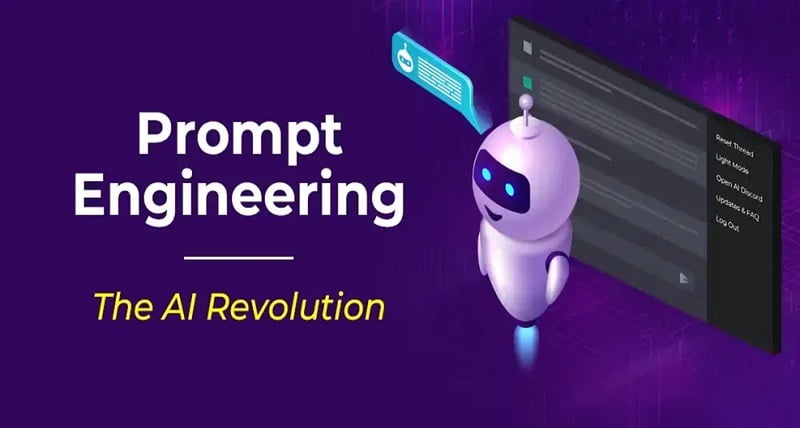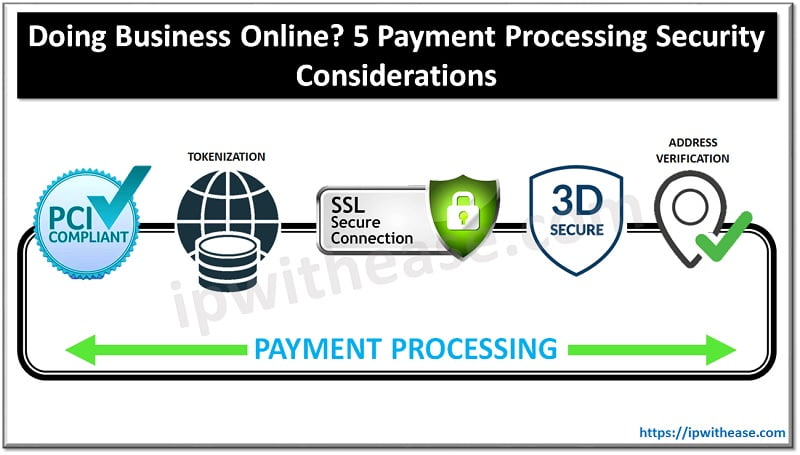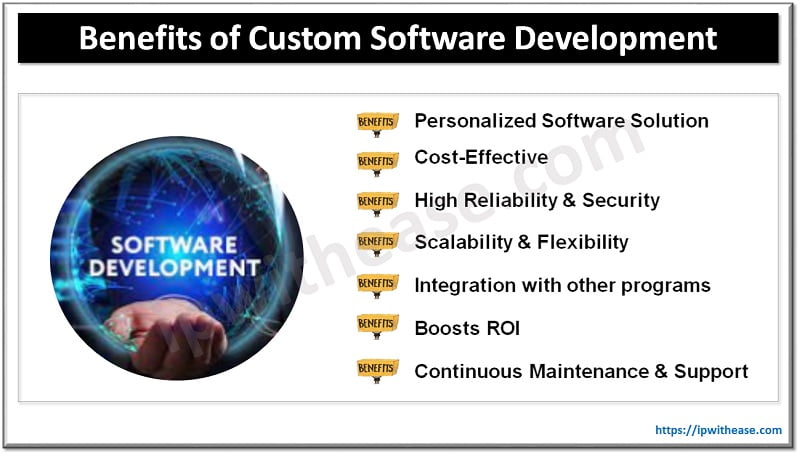Artificial Intelligence (AI) has opened up the door to new possibilities and opportunities for enterprises to present themselves before consumers to do a number of activities ranging from marketing to customer services. Likewise, many businesses have adopted and integrated ChatGPT in their business modules and this has led to the rise of prompt engineering as a hot subject in the arena of AI development.
Till now, you might be wondering what is ‘Prompt engineering’ and what usefulness it serves in AI development. No need to go any further, as here in this article we will be discussing it. So, read on to know!

What is Prompt Engineering?
The job profile of a Prompt engineer is all about designing and refining prompts in natural language processing (NLP) models to gain desired outputs and behaviors. Like for example, prompt engineering in language models like ChatGPT involves crafting specific instructions or queries to achieve the desired response from the model.
Prompt engineering aims to overcome the limitations and biases inherent in language models. This is done by carefully considering the input phrasing, specific instructions, and formatting to influence the model’s output. Models can be guided by users by providing clear and explicit instructions to generate more accurate, coherent, or contextually appropriate responses.
This generally involves iterative experimentation, where different phrasings, instructions, or additional context are introduced to improve the model’s overall performance. Prompt engineer needs to have knowledge of the underlying model’s strengths, weaknesses, and potential biases to make it flawless.
What are common types of Prompts?
Prompt engineering involves designing and formulating effective prompts to guide the behavior of language models like ChatGPT or BERT. Here are some different types of prompts used in prompt engineering:
Instructional Prompts
These prompts provide explicit instructions to the model about the desired task or behavior. They guide the model to generate specific types of responses or to follow particular guidelines.
Completions Prompts
In completion prompts, you provide a partial sentence or phrase, and the model is expected to generate a coherent continuation. This can be useful for generating creative outputs or for filling in missing information.
Question Prompts
Question prompts ask the model to answer a specific question or provide information on a particular topic. They guide the model to generate responses in the form of direct answers.
Comparison Prompts
These prompts ask the model to compare two or more entities, concepts, or ideas. They guide the model to generate responses that highlight the similarities or differences between the given entities.
Scenario-based Prompts
These prompts present a hypothetical situation or scenario to the model and ask it to generate a response based on that context. This type of prompt helps the model understand and generate appropriate responses in specific contexts.
Constraint-based Prompts
Constraint-based prompts introduce specific limitations or constraints that the model must adhere to while generating the response. These constraints can be related to content, style, or any other aspect.
Benefits of Prompt Engineering
There have been several benefits offered by Prompt engineering, as it guides in crafting more effective prompts so that precise and content-specific responses can be obtained.
Below mentioned are some of the benefits of Prompt engineering:
Control Over Responses
Prompt engineer guides users to carefully design prompts, where users can exercise more control over the outputs generated by language models. It allows users to shape the tone, style, and content of the responses to better suit their needs. Prompt engineering empowers users to obtain more relevant and desirable information from the model.
Improved Accuracy
Prompt engineering empowers users can enhance the accuracy of the model’s responses. By providing clear and specific instructions, prompt engineering can users guide the model toward generating more accurate and precise answers. It helps to reduce the likelihood of irrelevant or incorrect information being produced.
Reduced bias and Unwanted Content
Prompt engineering can help mitigate biases and prevent the generation of unwanted or harmful content. By being explicit in the instructions, users can avoid biased or sensitive topics, ensuring that the model’s responses remain fair, inclusive, and respectful.
Enhanced Creativity
While prompt engineering allows for control, it can also encourage creativity, whereby skillfully crafting prompts, users can inspire the model to generate imaginative and creative responses. Users can elicit novel ideas and unique perspectives from the model by providing appropriate cues and directions.
Customization and Personalization
Prompt engineering enables users to customize their interactions with the language model to match their preferences and requirements. Users can receive responses that align with their interests, expertise, or preferred style of communication by tailoring the prompts to their specific needs, users.
Efficient Communication
Well-engineered prompts can help users achieve more efficient and effective communication with the language model. Prompt engineering helps users to avoid repetitive clarifications and achieve clearer and more concise responses, saving time and effort in the process.
Adaptability to Different Domains
Prompt engineering allows users to adapt the language model to different domains or specialized tasks. Users can leverage the model’s capabilities to provide relevant and domain-specific responses by designing prompts that align with specific industries, fields, or subject matters.
Conclusion
Prompt engineering empowers users to have greater control, accuracy, and customization over the outputs generated by language models. As per a senior prompt engineer, for creating great AI-powered modules and obtaining the highest potential results from generative tools prompt engineering is the best solution. As it enhances communication, reduces biases, and promotes creativity, enabling more tailored and valuable interactions with the model.
Continue Reading:
3 IT Trends Impacting Business in 2023
How Can ChatGPT Enhance the Search Experience on Google
ABOUT THE AUTHOR
IPwithease is aimed at sharing knowledge across varied domains like Network, Security, Virtualization, Software, Wireless, etc.



